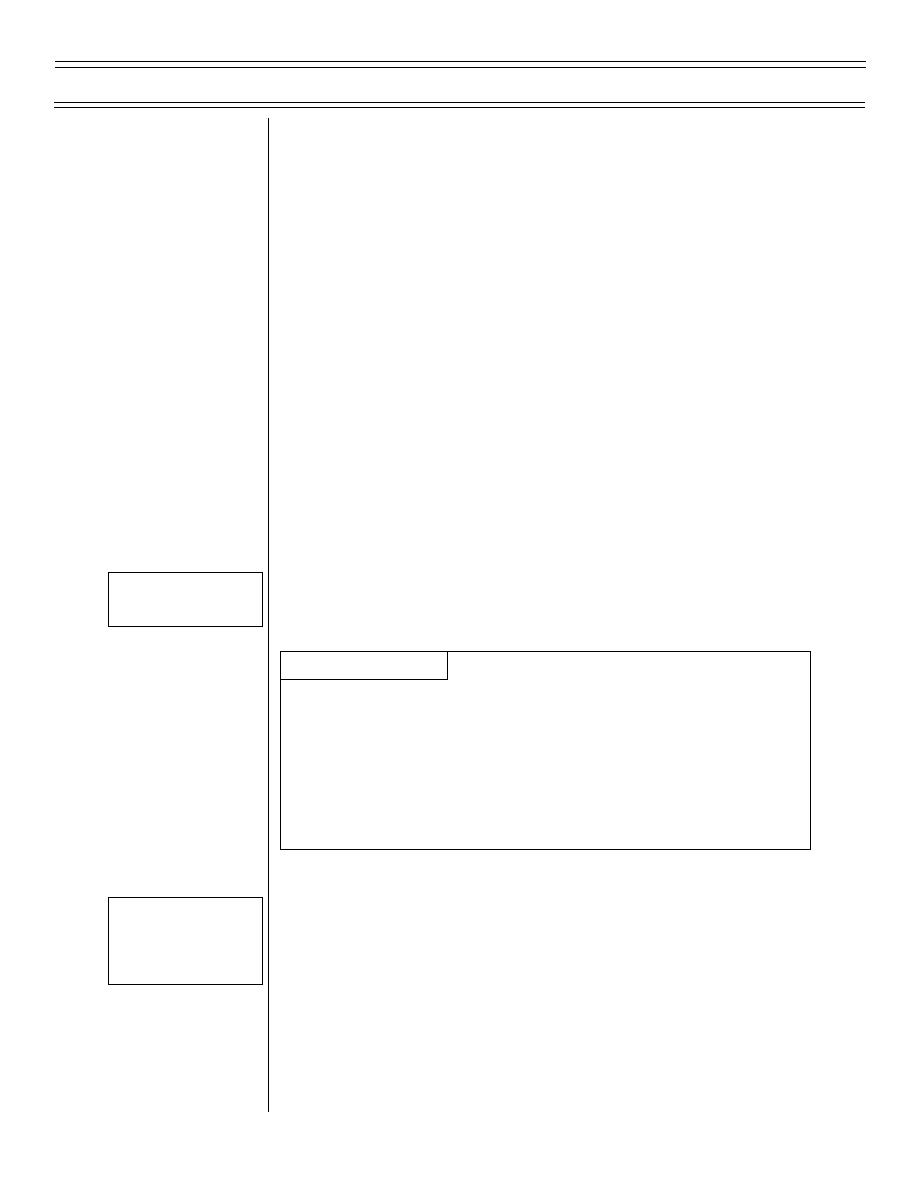
T-45A UJPT, E2-C2, & ADV CR-02; IUT CR-01
Course Rules
e.
Establish downwind at 600 ft AGL
f.
When abeam, report "abeam" with intentions
B.
IFR Field Entry
NOTE: NAS Kingsville presently has four types of instrument
approaches available. They are TACAN, ASR, ILS, and
PAR. You will become very familiar with all NQI approaches
in the basic and radio instrument phases of flight training.
Published instrument and radar approaches are all
acceptable field entry procedures when appropriate. Training
phase, field conditions, and instructor preference will govern
the use of instrument approaches as a field entry procedure
for a given flight. The most common entry procedure for a
GCA or ASR approach from the MOAs is the TOPS GCA.
The TOPS VFR is commonly used for a VFR recovery on an
IFR flight plan.
VII. Patterns 1.1.2.2, 1.1.2.2.6
Sg 7, fr 2
Lesson Organization
LESSON NOTES
This section deals with aircraft that have already completed
initial entry to the field and wish to remain and do touch and
go's. Additionally, this section will discuss field delay
procedures when equipment failure or emergency procedures
are in progress.
A.
Standard no wind VFR pattern (touch-and-go)
Sg 7, fr 3
Fig 40: Standard No
1.
Downwind altitude: 600 ft AGL (650 ft MSL)
Wind VFR Landing
Pattern
2.
Distance abeam: Approximately 1 nm
3.
Minimum altitude to turn downwind
a.
Day: 300 ft AGL
Page 2-74
(3-03) Original



 Previous Page
Previous Page
